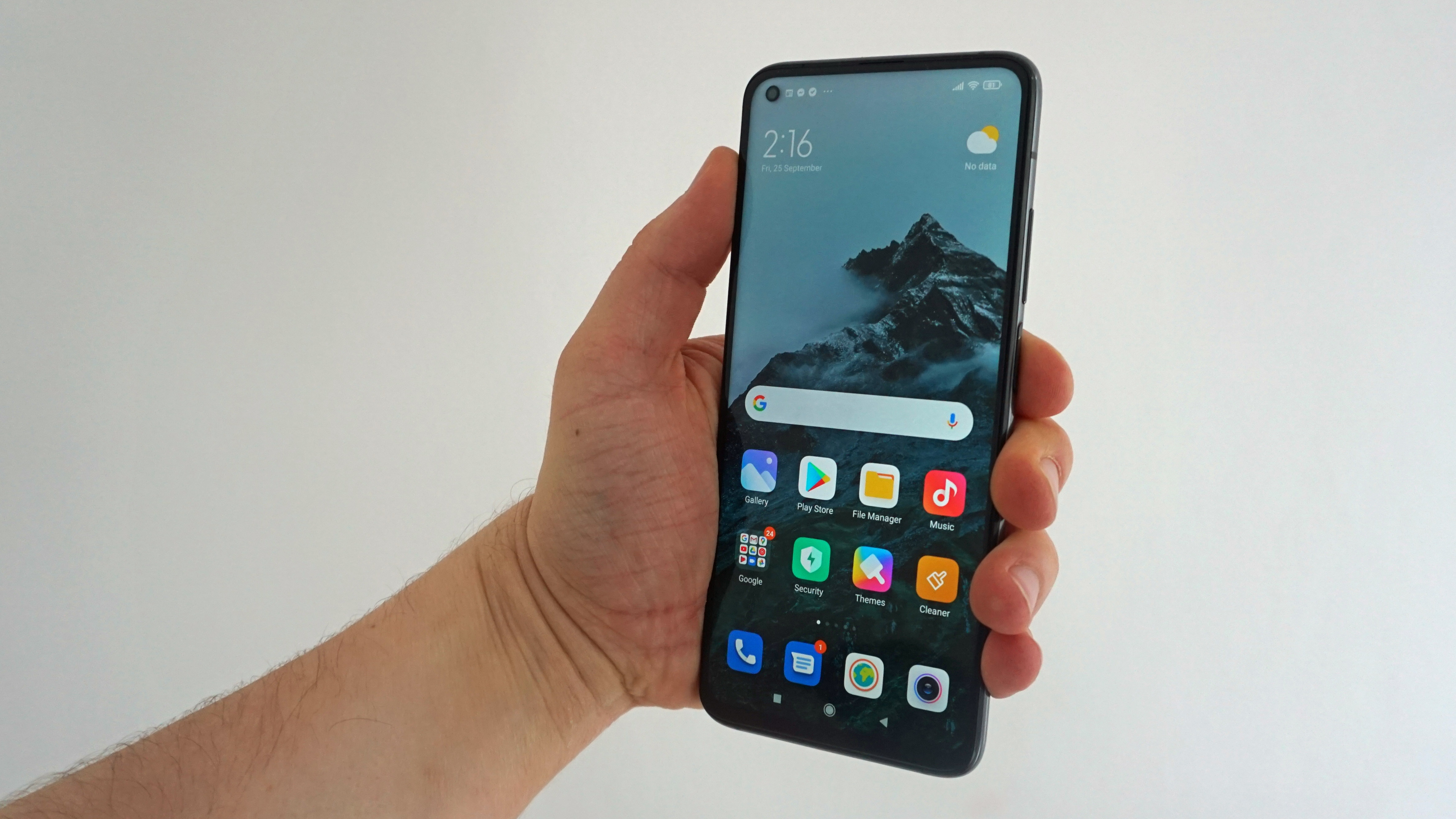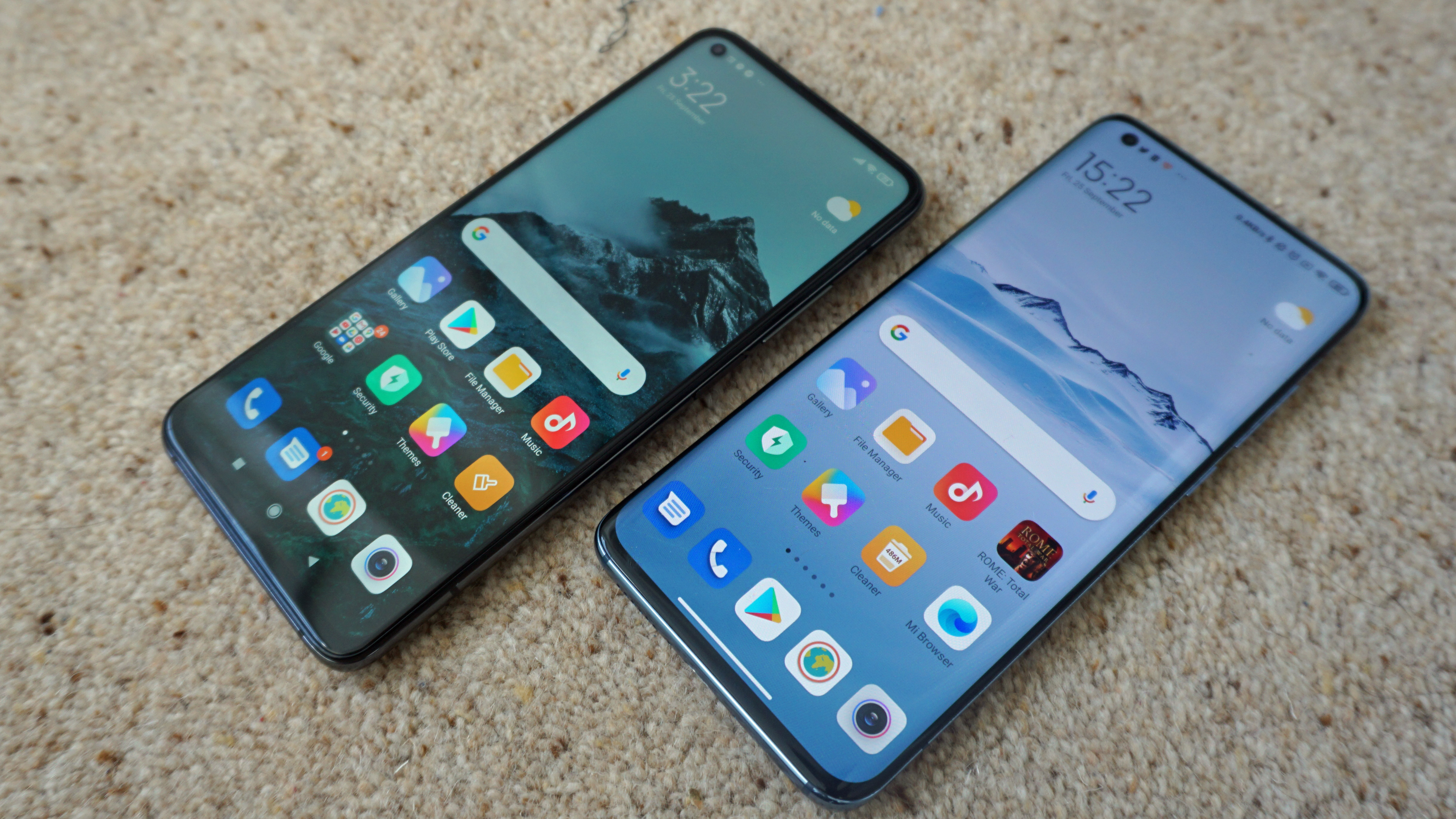Xiaomi Mi 10T doesn't have a 'flagship phone' screen, but for a great reason
No OLED screens today

The Xiaomi Mi 10T phones were unveiled at the end of September - we've been testing the Mi 10T Pro for a while, and it's certainly an intriguing addition to Xiaomi's 2020 line-up.
One intriguing aspect of the phone is its screen - the handset has a 144Hz display, the highest refresh rate of any non-gaming phone, but it's an LCD panel, not AMOLED like in the Xiaomi Mi 10, and the screen doesn't curve at the edges like that phone either.
So while some of the Xiaomi Mi 10T Pro's features suggest it's a top-end phone, many are trappings of lower end devices, so what's the reasoning behind them? We spoke to Daniel Hoang Desjarlais, a Senior Product Marketing Manager for Xiaomi, who explained lots of the design decisions for the Mi 10T range.
Lots of the changes could be down to the price point - the Mi 10T and Mi 10T Pro sit below the Mi 10 and Mi 10 Pro in the company's line-up but, as will become apparent, more thought goes into these decisions than just 'price'.
- These are the best Xiaomi phones
Flat-edged display

While the Xiaomi Mi 10 (save the Lite model) phones have screens that curve at the edges, as is the case in many premium phones, the Mi 10T devices have flat-edge displays. This isn't just a symptom of price - the Mi Note 10 was more affordable than both Mi 10T devices and it had a curved-edge screen - Hoang Desjarlais explained to us why the company went in this direction.
"I've done quite a bit of polling and user research on this", he told us, "60% of users prefer the flat edge, or flat displays." While this isn't exactly scientific, it's a sentiment we've seen echoed by numerous phone fans.
"I think this is for a variety of reasons, like ease of use - people are dealing with missed touches on the curved display." (One of the biggest concerns about curved-edge displays is that people can frequently knock against the curve, accidentally selecting things they didn't mean to.)
Sign up for breaking news, reviews, opinion, top tech deals, and more.
"I understand that the premium segment is pretty much all curved, and that creates a problem - if 60% of the population prefers flat [-edged displays] but they also want a real flagship experience, they're forced into purchasing a curved display they might not be happy with."
Hoang Desjarlais makes it sound as though the Xiaomi Mi 10T is designed for people who want the core top-end features without many of the arguably unnecessary (or even undesirable) extras - that's an ideal many Mi phones seem to follow, as mid-range 'flagship-beaters'.
An LCD display

The Xiaomi Mi 10 series used top-end AMOLED screens, but the Mi 10T devices instead use LCD, which is a pretty big downgrade.
LCD is considered inferior to OLED panels (like AMOLED) for phone screens, as it doesn't provide as wide a color gamut, color accuracy isn't as good, and blacks look way too bright (as in OLED panels blacks are created by simply turning off the back-lights, which makes them look darker). LCD panels are cheaper though, so you tend to find them on affordable phones.
The presence of an LCD display was one of the Mi 10T features we were most surprised by, but it seems Xiaomi has a fairly good reason for it.
"It is better to have a high-quality LCD, the best of the best LCD, versus a middling sort of AMOLED," Hoang Desjarlais told us, and he explained "There are issues with AMOLED and certain peoples’ eyes - I think it’s like 10% of the population, when looking at an AMOLED display, experience very heavy eyestrain."
It's worth pointing out we can't find any scientific studies to support this, though we have found the figure cited around the web before, from people recounting their own issues with OLED screens. So while the figure isn't necessarily derived from scientific studies, anecdotes suggest many people can get eye strain and other symptoms from the flickers of OLED displays.
So if some people do find LCD displays easier on the eyes than OLED, then Xiaomi's reasoning for using such tech is likely the same as curved-edge displays - few manufacturers use LCD in high-end phones, so if you've got a vision issue that makes OLED intolerable, but still want a high-end phone, the Mi 10T could be great for you.
Xiaomi made a point of specifying the Xiaomi Mi 10T phones don't replace the Mi 10 devices in its line-up, and if you don't want an LCD display or flat-edge phone, you can still buy the non-T phones. But we've got to applaud the company's eye for accessibility in the new devices.

Tom Bedford joined TechRadar in early 2019 as a staff writer, and left the team as deputy phones editor in late 2022 to work for entertainment site (and TR sister-site) What To Watch. He continues to contribute on a freelance basis for several sections including phones, audio and fitness.